Even upon the advent of the Information age and the rampant development of our technology, there are still a number of communities in the world that have successfully avoided civilization altogether. These indigenous tribes have successfully prevented external influences and have kept intact their culture and practices. While some of them have already been touched by Western influences such as in their clothing and livestock practices, some of them have never been contacted at all except for few photographs and shooting arrows. These tribes have been living in the remote areas of Africa, Brazil, Peru, Indonesia, among others. Get to know these tribesmen in this list of 10 Most Impressive Tribes Around the World!
10 – Pirahã People
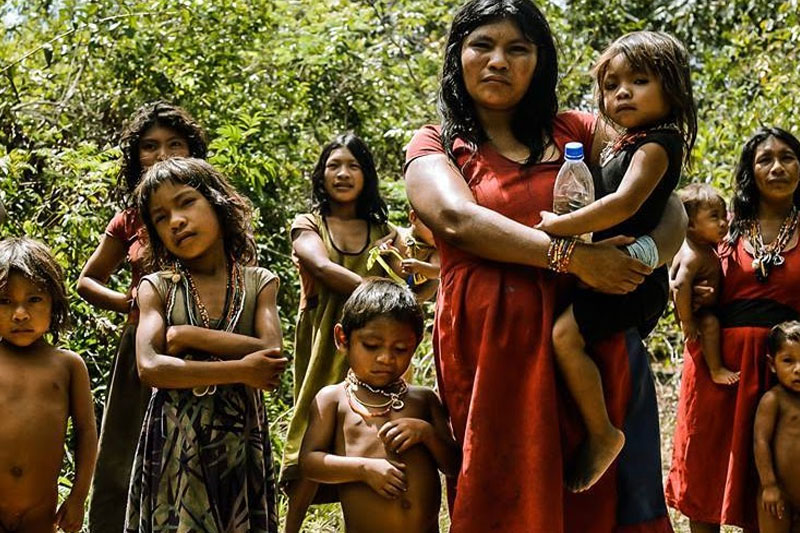
The Pirahã tribe is a hunter-gatherer indigent found in the banks of Maici River in Amazon, Brazil. Locally they prefer to call themselves as Hi’aiti’ihi, which means “the straight ones”. They have developed their own language which can be translated into whistles – a form of communication that men used when they hunt for food. They form a very basic community which do not even have a social hierarchy to form leaders with and which have remained outside of external influences.
9 – Jackson Whites

The Jackson Whites, a Native American tribe, were first discovered in 1790’s who got their name from their fair skin and the idea that they have descended from the British. They were a previously unknown tribe until they surfaced out from the forest situated just 56 kilometers away from the city of New York. They have maintained their exclusion even after wars in the country have already occurred! They were the last tribe to have been considered as “known people” after the Europeans settled in the eastern coast of North America.
8 – Himba Tribe

The Himba tribe is a community of semi-nomadic pastoralists found in the Kunene region of northern Namibia. Currently, there are about 20,000 to 50,000 indigenous people of their descent. They are famously known as the “Red People” because of their use of red paste to paint their skin and hair twice a day, especially the women. This red paste, called otjize, is a mixture of red clay and butter. In their village, they keep an “okuruwo” (holy fire) which must be kept alive continuously because it represents their ancestors who serve as mediators to their god, Mukuru.
7 – Surma Tribe
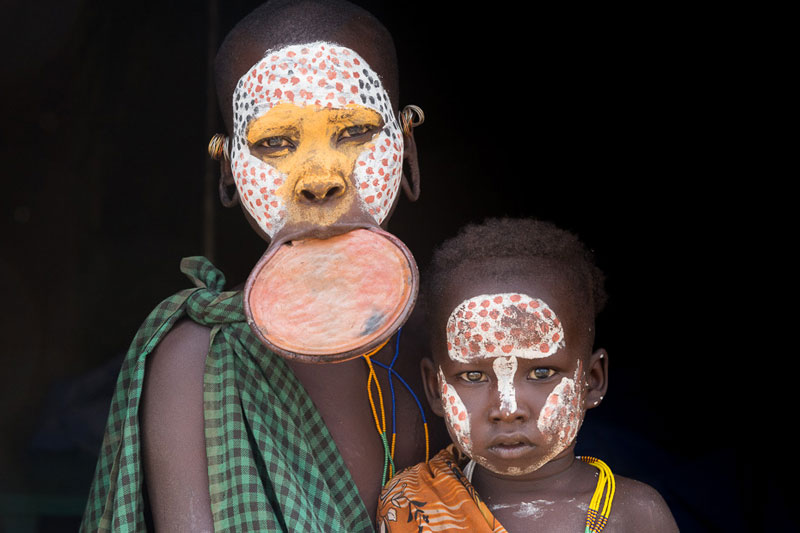
The Surma tribe is mainly found in the lands of Ethiopia and has been popularly known because of their massive lip plugs. Although they have maintained their community and culture even after years of colonization, they have already been influenced by the Western culture and have already imbibed some of its practices, especially when it comes to tending their livestock. Currently, there are about more than a hundred Surma people who live by cattle ranching and hunting.
6 – Hamar Tribe
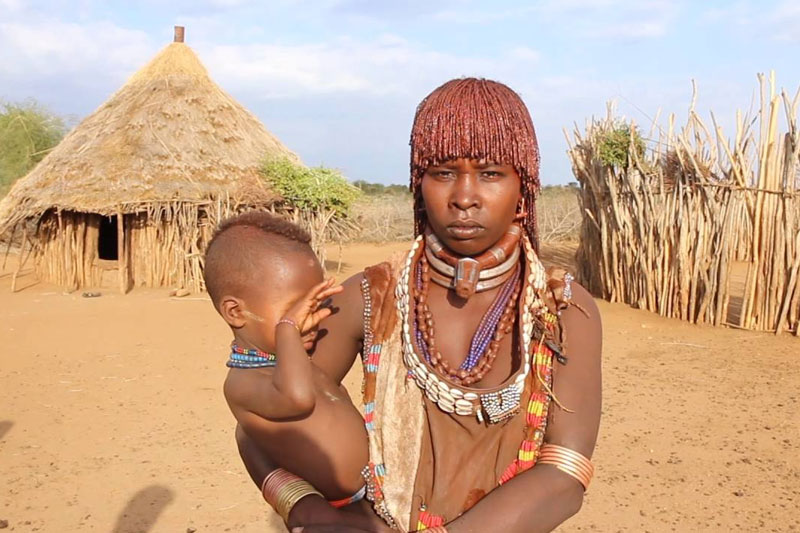
The Hamar tribe in Ethiopia is one of the most interesting tribes known for their cow jumping and strong women. They are a community of semi-nomadic pastoral community, living by herding cattle and goats. As a form of ritual before getting married, they perform a bull-leaping ceremony wherein a naked man leaps over a line of cattle for four times. If he succeeds, he may marry and have children, and own the cattle. On the other hand, the man’s female relatives volunteer themselves to be whipped by the Maza (a group of men who have already passed the initiation rite) as part of the ritual. The women of the Hamar tribe are proud of these scars and those who do not volunteer themselves are looked down upon.
5 – Mashco-Piro Tribe
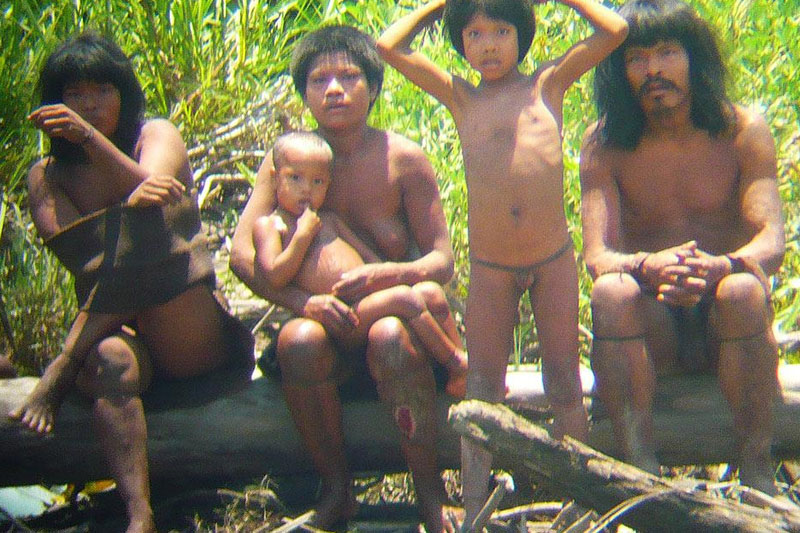
Recently, the Mashco-Pico tribe has made headlines across the world for popping out of nowhere in the banks of the Peruvian river. They were previously uncontacted even to the locals of Peru, until they were spotted by Western tourists walking around the forest. There is still no explanation for their sudden appearance but many believe that it is caused by their displacement due to logging in the forest. While the Peruvian government is still trying to contact the tribe, it seems that the tribesmen only wants to be left alone.
4 – San Tribe
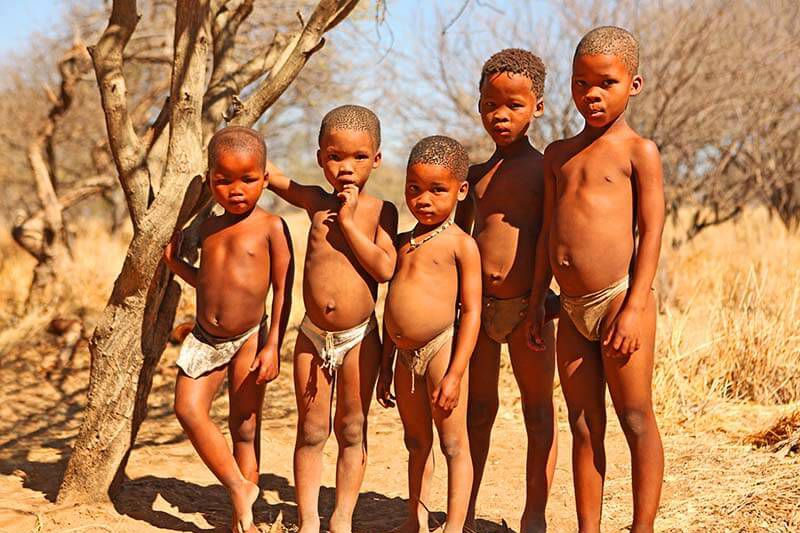
Have you watched the movie “The Gods Must Be Crazy”? Then you must have been familiar with the San tribe. The San tribe, commonly known as the African Bushmen, is a hunter-gatherer community found in the Kalahari Desert and some areas of Namibia and Botswana. They are considered as the oldest tribe in Africa, living in the country for almost one hundred thousand years. They maintain a community of small mobile groups, usually comprising of about 25 people, who join each other’s groups in times of marriage or other social meetings.
3 – Korowai Tribe
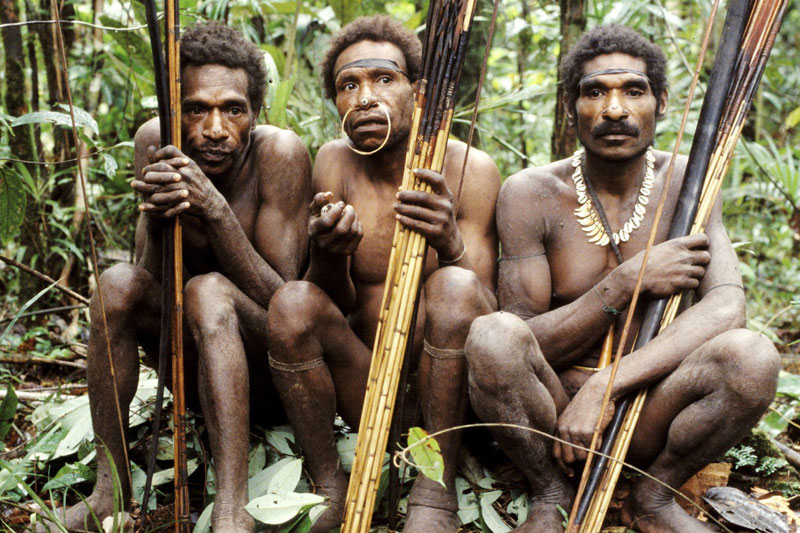
The Korowai tribe is an indigenous community mainly found in the forest and mountains of Papua, Indonesia. They were first contacted in the 1970’s by archaeologists and missionaries. However, they remained excluded from the civilized world, mainly because of their strong belief that to do otherwise would result to an earthquake, which is form of a harsh punishment from their god. They are most known for their tree houses and their exceptional ability of climbing trees.
2 – Sentinelese

Because of their vigilant approach against visitors, not much information have been gathered from the Sentinelese tribe other than the fact that they can shoot arrows at anything – including a helicopter. The Sentinelese is a community found in the coasts of North Sentinel Island, situated between India and Thailand. Although they have already been contacted during the 1890’s, they remained violent against any possible intrusion on their lands. One thing, however, remained true: they were able to surpass many natural disasters including the 2004 tsunami, among others.
1 – Kalenjin Tribe
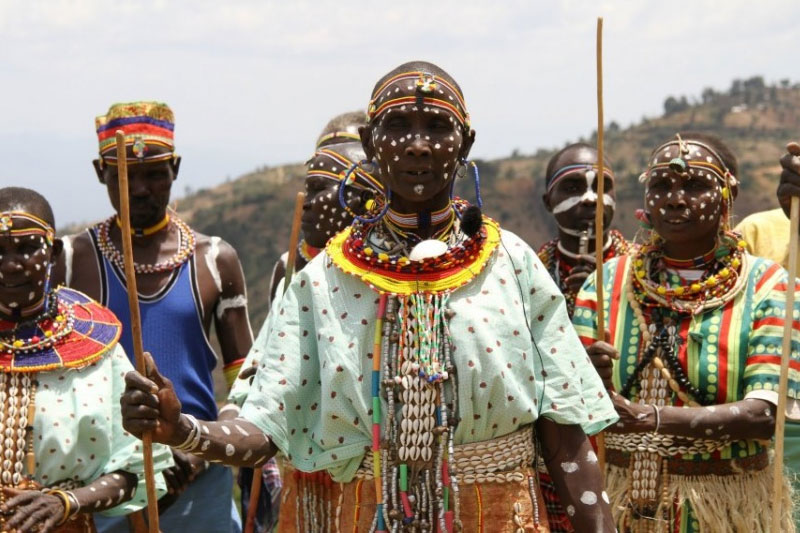
Famously known as the “Running Tribe”, the Kalenjin tribe has been known around the world to give birth to the most successful Kenyan elite marathon runners in Olympics. After migrating from the South Sudan region, their community settled tot he western high lands of Kenya. They were originally called as the “Nandi-speaking tribes” until they were officially named as the “Kalenjin” during the early 1950’s. As an initiation passage rite to adulthood, they perform a “tumdo” or a circumcision both to males and female members every seven years.


